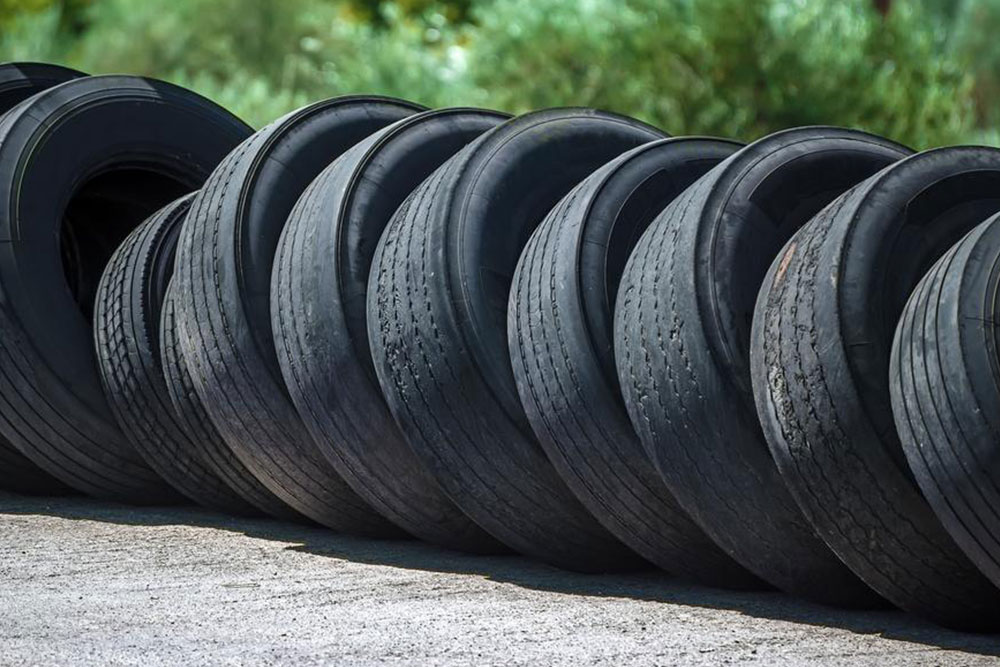Evolution of tires
Tires find applications in varied fields so much so tire production and consumption is considered a yardstick for the economic strength and performance. Tire types are innumerable. Automobile, two-wheeler, tractors, heavy duty vehicles, aircraft, all need tires and that too of various attributes. The tire has become a major industry today. All tires have some quality that runs through the whole ambit of application. The factors that run throughout the industry are strength, long life measured in terms of distance covered, high road grip and low running friction to minimize fuel consumption and a host of safety considerations. Tires have to encounter different surfaces and different speeds.

Rubber was discovered about 3500 years ago by the South American Indians. They extracted the latex from the tree The botanic name is Hevea Brasiliensis (Para Rubber Tree). They boiled the latex and made the first rubber ball. Christopher Columbus brought the rubber ball on his second return from South America. In mid-1880 solid rubber tire made their appearance. These were simple tires and the rubber took all the load and cushion the shocks. Till 1839 rubber was used in its natural state.
Pneumatic tires were invented by R.W. Thomson in 1845. This invention had many thin air-filled tubes in a leather casing. This made sure that on single puncture would not deflate the tire. Thomson patented his invention. However, this contraption did not find favor with the public who continued to use solid tires. A bike race in Belfast was won on these tire, an event that changed the fortunes of pneumatic tires greatly.
Developments continued to create a variety of tires to suit each and every specialty. The researchers of many rubber companies resulted in development thread on tires and many a pattern to reduce road friction, improve grip, improve the braking characteristics and so on. These days the racing industry is the main impetus to research.

